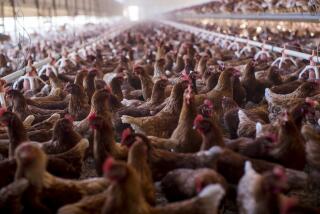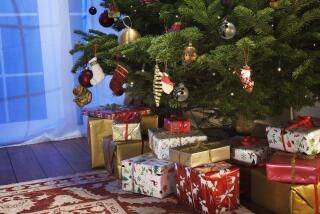Humans Trash Condor Recovery Program
- Share via
“Biologists Hatch New Plan for Condors” (Nov. 11) implies that the breeding condors are not quality birds -- and that this is the reason they are feeding their chicks trash and ultimately failing to raise their chicks successfully. The following may enlighten you about how other wildlife are faring with the amount of trash humans discard thoughtlessly.
Numerous species of whales have been found dead with plastic bags and balloons in their stomachs; sea turtles all over the world suffer a similar fate. Albatross chicks on isolated Pacific islands are discovered dead in their nests with their insides full of plastics. Of the world’s 312 species of seabirds, 111 have been known to ingest trash; plastics are found in up to 80% of birds in some Alaskan seabird species.
In addition, a number of wild condor nests were known to be littered with trash. We know that condors mistakenly eat trash, but it remains to be seen whether this will ultimately be a major problem for the California Condor Recovery Program. It is definitely not an issue of quality birds.
The problem is a human one, not a condor one. In the past, almost everything that wildlife may have mistaken for being edible was readily biodegradable. Now it can be lethal. An article that educates the public on how pollution and environmental toxins, such as plastic and lead, can harm wildlife would be more beneficial.
Bronwyn Davey
Information Specialist
California Condor Recovery
Program, U.S. Fish and
Wildlife Service, Ventura
More to Read
Sign up for Essential California
The most important California stories and recommendations in your inbox every morning.
You may occasionally receive promotional content from the Los Angeles Times.










